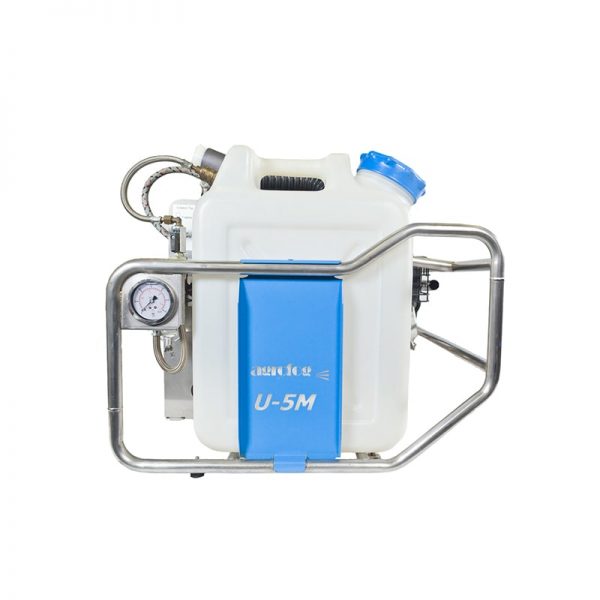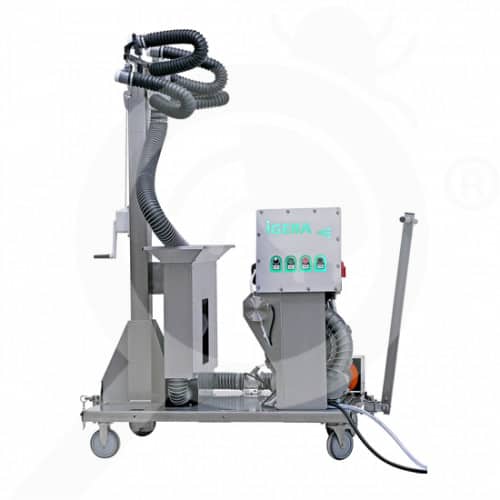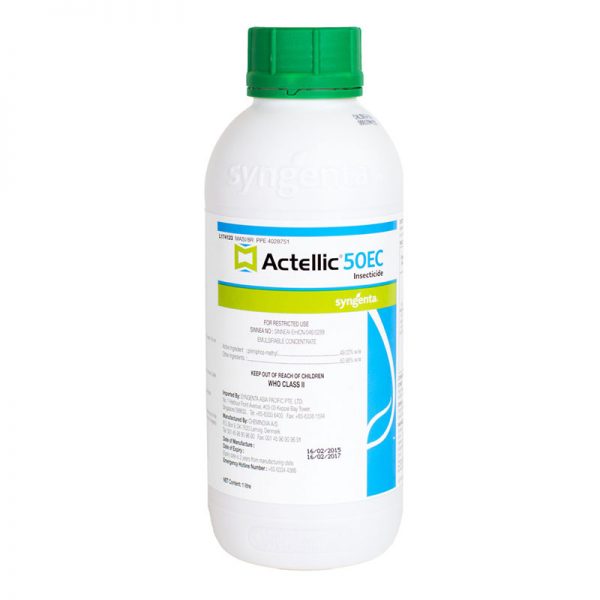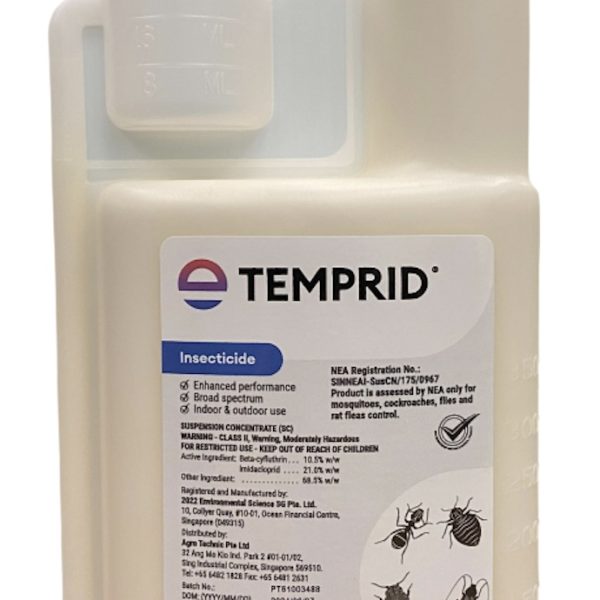STORED PRODUCT PESTS
STORED PRODUCT INSECT FACTS
Stored product pests live and breed in stored products such as raw materials, whole grains, processed foods and even in tobacco. The most common SPIs to occur are beetles and moths.
The primary reason to control SPIs is because they can cause incredible damage and contamination of foodstuffs, raw material and finished goods. They can breed quickly and infest products quickly which can render the products unfit to be used. In addition, they may also cause psychological distress to people due to huge losses to businesses or finding them in our food.

METHOD OF TREATMENT FOR STORED PRODUCT PESTS
SPI treatment or prevention requires a collective effort or an integrated pest management system. This integrated system comprises regular inspections, sanitation, monitoring, engineering, good manufacturing practices, habitat modifications, environmental manipulations, non-chemical controls and chemical control.
For chemical control, a space spray treatment to remove existing adult populations and a residual treatment can be conducted as a barrier/perimeter treatment and a treatment to cracks and crevices. Do take note to not directly spray on food materials or foodstuffs.

SIGNS OF SPI INFESTATION
Beetles
Grain weevils – Weevil-damaged grain is readily recognised by the presence of large holes which are the exit holes of emerging adults. Both the adults and larvae feed on the grain causing holes and also contaminate food with their excretions.
Saw-toothed Grain Beetles – Infest damaged grains and use small lesions in the grain to attack it.
Flour beetles – Adult beetles found crawling around infested product. A sharp unpleasant odor from stored flour or cereal.
Cigarette beetles – Observed adults flying or crawling. Holes in packaging and debris, the result of adults chewing their way out of the package.
Moths
Moths – Observation of flying adults. Observation of larvae on walls due to wandering to find a suitable place to pupate. Silk webs over the infested products as well as damage on the product and solid lumps within the flour.

TYPES OF STORED PRODUCT INSECT
Beetles
Grain weevils – primary grain pests, infesting undamaged grain and attacking other hard cereal products such as macaroni and spaghetti. They do not fly but instead infestations occur after being imported in grain and cereal products, also from the fabrics of vehicles used to transport grain or buildings to store it. An example of grain weevils are rice weevils (Sitophilus oryzae).
Saw-toothed Grain Beetles – One of the most common pests affecting stored grain products. This pest will infest cereals and a wide range of foodstuffs and they frequently appear in packaged foods. An example of this pest is the dark brown beetle (Oryzaephilus surinamensis) and the flat bark beetle (Oryzaephilus mercator).
Flour beetles – They are frequently recognised as a secondary pest, increasing damages done from the primary pest. Flour beetles are commonly encountered in bakeries, and flour mills. They are also a serious pest of grain, flour, rice bran, oil seeds, nuts, dried fruit, and spices. They can be a problem in machineries where cereal and other food residues accumulate. An example of a flour beetle is the red flour beetle (Tribolium castaneum).
Cigarette beetles – Lasioderma serricorne is a common SPI throughout the world. They are a common pest of dried tobacco but they can also feed on cereals, peanuts, cotton seeds, cocoa powder, coffee beans, maize flour, curry powder, chili peppers and various other spices. They could even damage through cardboard boxes and food packagings
Moths
Moths – Moths can be found in a variety of stored products. Some species are associated with goods of vegetable origin, whilst others are associated with animal products (e.g. textiles).
There are species that will infest cereals, fruits, shelled nuts, cocoa beans, spices and tobacco. Moth larvae can cause a considerable amount of damage to stored goods through feeding or by contamination with their own products such as webbings and frass.
Adult insects are not responsible for the damage as they only feed on liquid food and water or do not feed at all. An example of SPI moths are the warehouse moths (Ephestia elutella) and the Indian meal moth (Plodia interpunctella).


 CHEMICALS
CHEMICALS






